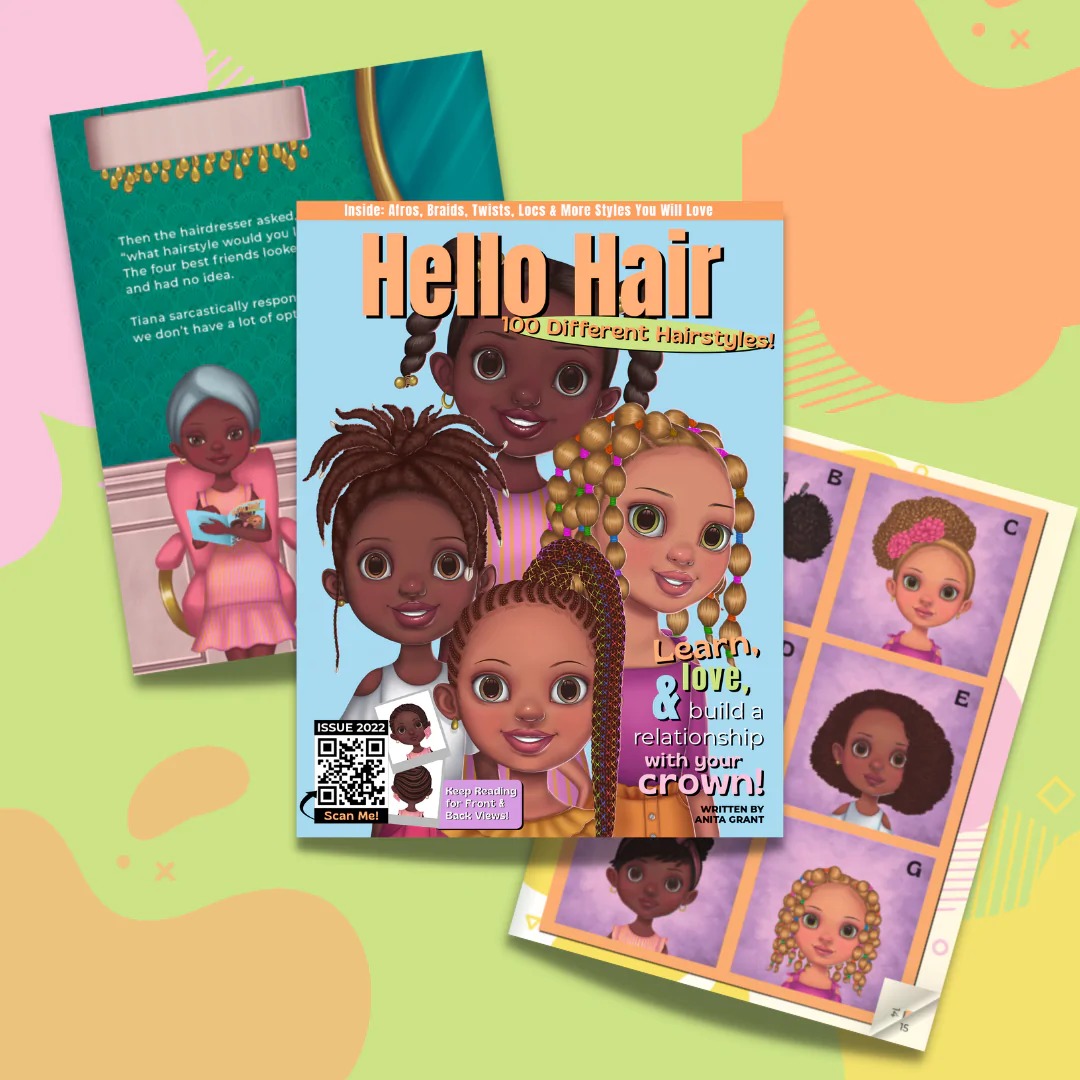When your stylist recommends a trim, do you usually find yourself on pins and needles? Are you hanging on to your dead ends by a thread? When it comes to scissors, some of our hair journeys are smeared with horror stories of excessive cutting, slow hair growth, damaged hair, and lack of trimming knowledge. Everything that makes up our hair care regimen plays a critical role in the health of our hair. As much as we love our tresses, we owe it to ourselves to no longer compromise the well-being of each strand.
Pridefully wearing our hair as an accessory to our style, we’re growing to love everything about our vast textures of kinks and coils. It flows much deeper than anyone outside our hair struggles and joys can phantom. This unexplainable attachment keeps us guarded of every inch. I get it! But, to truly protect what we love, we must be able to cut away at anything running the risk of potentially damaging our entire mane.
I have found myself in both seats of worry and excitement for a trim. I adore the results of a neat cut, but the uncertainty of how much has to go still makes me squeamish. I share the uneasiness of questionable cuts that have haunted me in the past, but in recent years, I have found a trusted stylist who has helped me settle my trimmers of worry. Reaching hair goals comes with leaving some inches behind, but the beauty of versatility and good hair health can be attained with just a few snips.
Benefits of Trimming Hair:
1. Prevents split ends
Split ends are considered the distressed parts of our hair. Over manipulation, excessive dryness, heat damage, and chemicals can all contribute to splitting the ends of the oldest pieces of our hair. Once the hair splits up the shaft, the number of inches needing a trim will gradually increase in order to avoid excessive hair loss. The only way to combat this problem is to get a clean cut.
2. Prevents single strand knots
Have you ever stroked your fingers down your hair and run into what feels like a deliberately tied knot? It is what it feels like, a knot.
If you’re anything like me, you’ve had your share of tug of war with single strand knots and lost. Using your fingers to pull the single-strand knots weakens your strands. The stress on your hair can force it to break.
It’s easy for textured hair to pair with other strands or loop around, causing a knot due to a layer of the hair shaft that doesn’t often lie flat. Although all hair textures risk forming single strand knots, also referred to as fairy knots, curly, and coily hair textures are most infamous for naturally intertwining.
3. Aids in the detangling process
The delicateness of detangling hair is somewhat of an intricate step. Every suggested inch in making the detangling process easier should strongly be considered, even a trim!
Brushing through the hair in poor condition can be a dangerous task. The main goal of the detangling process is to make styling easier, prevent multiple hairs from sticking to one another, and ensure hair can absorb products. Detangling hair on top of a much-needed trim further weakens vulnerable strands. Raking through single strand knots with a detangler is unfortunately equivalent to tearing your hair apart, piece by piece.
A great trim before detangling can also reduce time spent during the process. Saving time is a huge win!
4. Prevents thin ends
There are many ways to hide the need for a trim, but thin ends are far from it. In fact, the longer the hair, the more pronounced thin ends become.
Big hair isn’t for everyone, but cutting thin ends can even out healthy hair and help to encourage thickness all around. While thin ends can be influenced by our growth cycle, a healthier and more voluminous look can blossom from taking control of fragile hair. Snipping away a few inches of weak hair can change the overall look of any style.
5. Prevents heat damage
Signs of heat damage can vary widely. One of the most obvious signs is changes in texture. Many people have considered trying different remedies to treat damaged hair, and some have come out victorious. However, damaged hair in extreme cases, can, unfortunately, be irreversible. Permanent damage happens due to the structure of altered protein bonds. Snipping away heat damage can help with styling choices, mitigate hair breakage, and add life to your strands.
Not everyone feels comfortable doing a big chop, but once all damaged ends are gone, the dullness leaves with it.
How often should you trim your hair?
Trimming your hair is vital in the grooming process of healthy and thriving strands. Some stylists recommend getting a trim every 6-8 weeks. There is no concrete rule of thumb, or one size fits all when it comes to such a unique need. Various reasons can influence a need for a trim, but your hair goals will hopefully create a maintenance routine that always points toward healthy progress.
We’re learning to look at the big picture for the sake of voluminous and shiny strands!








